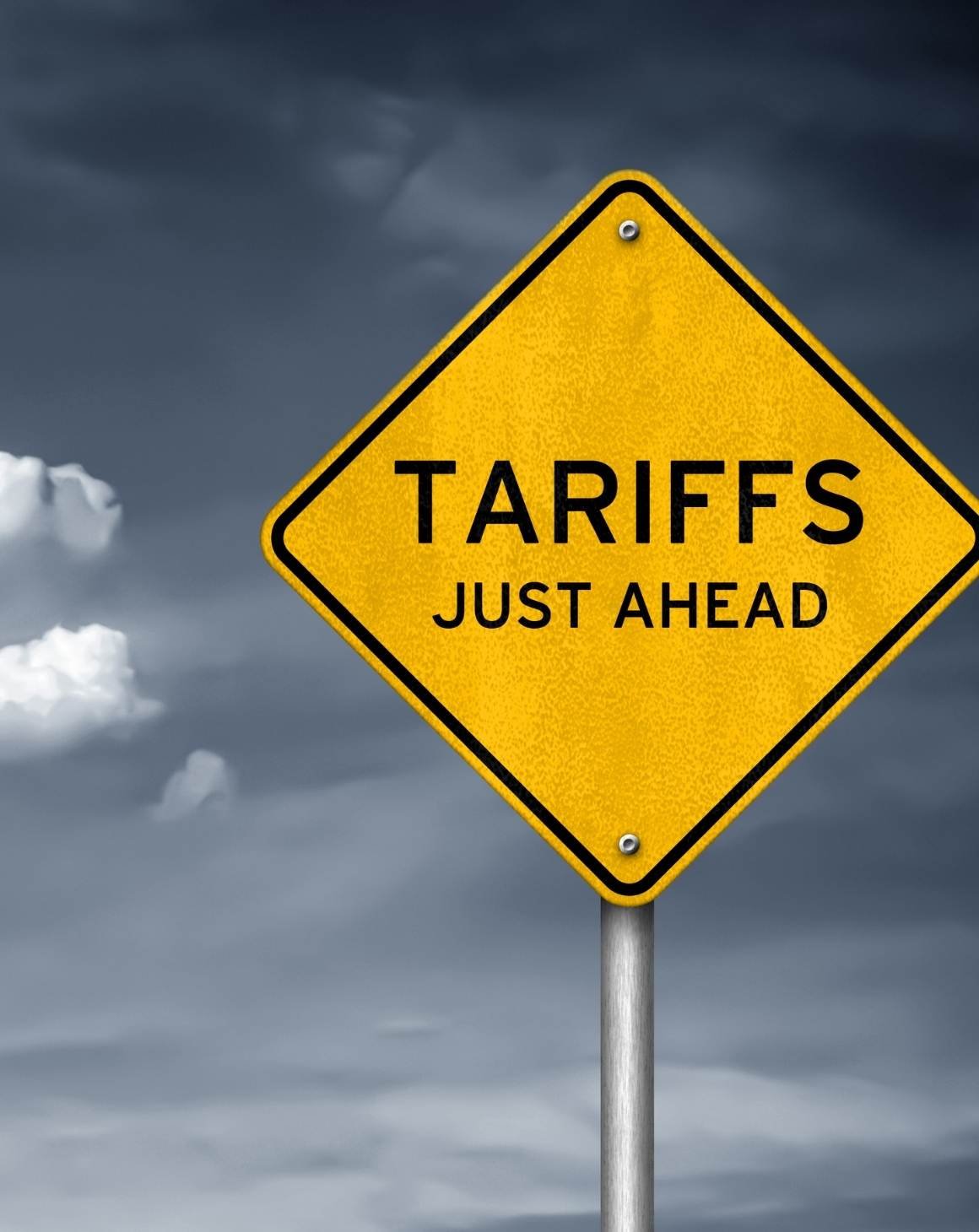As an Amazon seller, understanding the dynamics of Amazon Vendor Central and the role of third-party sellers (3P) is crucial. In this article, we will delve into the concept of Amazon Vendor Central, shed light on what it means to be a third-party seller on Amazon (3P), and explore the benefits and considerations associated with this approach.
Amazon Vendor Central
Amazon Vendor Central serves as a platform for businesses to sell their products directly to Amazon as a first-party (1P) vendor. However, it's important to recognize the significance of third-party sellers (3P) in the Amazon ecosystem.
Option 1: Seller Central In-House (Amazon 1P)
This option sells directly to consumers via Amazon Seller Central.
If you find yourself needing to make a change due to potential shifts in Amazon Vendor Central, running your own Seller Central account as an Amazon first-party (1P) seller can be a viable option. However, it's crucial to acknowledge the commitment of skills and resources required for success.
What is Amazon 1P?
Amazon 1P, or first-party selling, refers to the business model where sellers directly sell their products to consumers through Amazon's Seller Central platform. As an Amazon 1P seller, you act as the retailer, and Amazon acts as the platform and distributor.
Pros of Seller Central In-House (Amazon 1P)
- Full Control: With Seller Central in-house, you maintain control over advertising, inventory, pricing, and logistics.
- Price Freedom: Liberated from Amazon's influence, you can set product prices based on what best suits your business. This approach ensures harmonized online margins with your brick-and-mortar partners.
- Brand Ownership: By managing your Seller Central account, you retain the exclusive power to enhance and shape your brand presence. Utilize features like Enhanced Brand Content and Store Pages to build brand recognition.
Cons of Seller Central In-House (Amazon 1P)
- Learning Curve: Seller Central may be unfamiliar territory for many business owners, as Vendor Central previously handled fulfillment, pricing, and logistics. Navigating the intricacies of Seller Central requires adaptation and learning.
- Increased Responsibilities: Running Seller Central in-house means taking on additional tasks, such as marketing, operations, logistics, and accounting. Building a capable team to handle these responsibilities becomes essential.
Option 2: Seller Central 3P Partner
This option sells products to a third-party Amazon wholesale service provider.
Partnering with a 3P seller through Seller Central offers a streamlined approach to selling on Amazon. These partners purchase your products as wholesale customers and take care of optimizing, advertising, and selling them on your behalf.
What is a Third-Party Seller on Amazon (3P)?
A third-party seller on Amazon, often referred to as a 3P seller, is a business or individual that sells products on the Amazon marketplace directly to consumers. Unlike first-party (1P) sellers who sell their products to Amazon and let Amazon handle the selling process, 3P sellers take full responsibility for managing their inventory, pricing, advertising, and customer service.
Pros of Seller Central 3P Partner
- Expertise and Experience: 3P sellers and Amazon consultants possess invaluable marketplace experience, making them well-suited to handle your sales. They understand the intricacies of Amazon and can optimize your product listings for maximum visibility.
- Reduced Workload: By leveraging a 3P partner, you can offload various tasks, allowing you to focus on your core business. They handle fulfillment, advertising, and other aspects, freeing up your time and resources.
- Strong Relationships with Amazon: Third-party sellers often have established connections with Amazon representatives. This facilitates smoother customer service interactions, ensuring efficient issue resolution.
Cons of Seller Central 3P Partner
- Adjustment Period: Embracing change can be challenging, especially when shifting from familiar processes. Adapting to a new working dynamic with a 3P partner may require some time and adjustment.
- Middleman Involvement: Engaging a 3P seller introduces a middleman between you and Amazon. While this offers benefits like expertise and reduced workload, it may require relinquishing some control over direct execution of projects.
Conclusion
When choosing between Seller Central In-House and Seller Central 3P Partner, weigh the advantages and considerations. In-House offers control and price freedom but entails navigating complexities and increased responsibilities. Partnering with a 3P seller brings expertise, reduced workload, and established Amazon relationships, requiring an adjustment.
If you need assistance with your Amazon selling strategy, contact Blue Wheel today for expert guidance and support.


.png)





.png)
.png)
